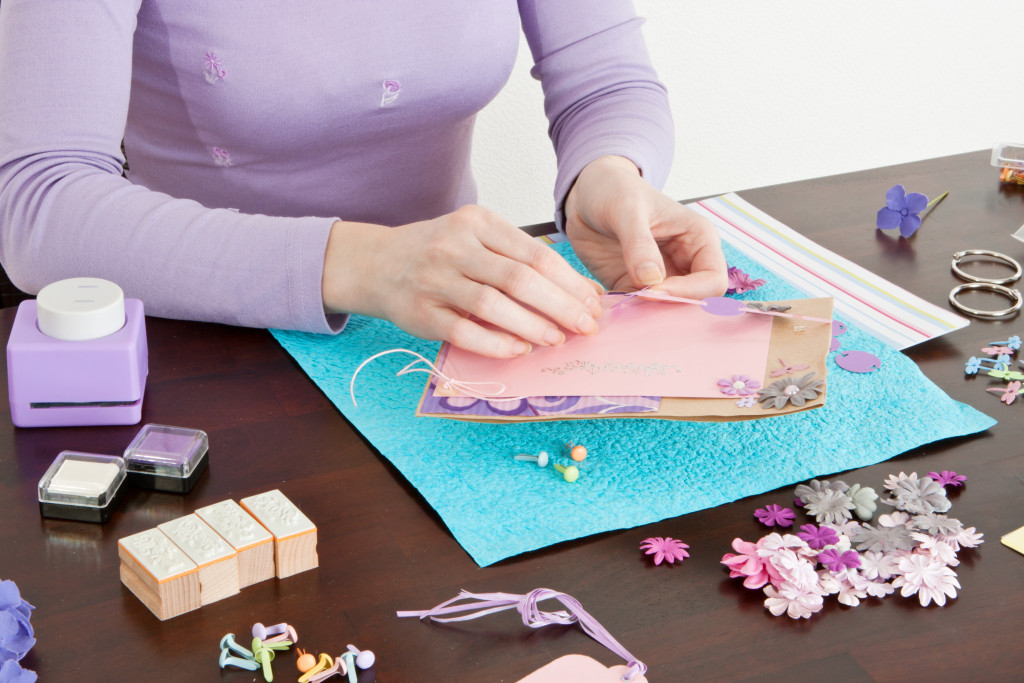You’ll want to determine a specific catering niche to center your efforts on. This can be a gap in the market or a cuisine that you’re interested in. The more focused and specific you are about what you want to produce and the market you want to target, the more you’re able to provide your customers with value and a compelling proposition. You may also find it easier to set yourself apart from the competition.
However, the type of food your business ends up serving will dictate the type of events you’ll be working, as well as all branding and marketing efforts.
Your business can cater to private and corporate events. Private ones include those of birthdays, anniversaries, and weddings. On the other hand, corporate catering is for office parties, networking events, meetings, or awards ceremonies. Your catering service has to be appropriate to serve whatever customer base your target is.
Type of Operation
You can run your business in one of three ways: from home, from a fixed site, or as a mobile catering business. When you invest in a home catering business, you save a lot in terms of the costs associated with rent and equipment. However, this will only be suitable if you won’t need large capacity equipment and if you’re not making large quantities of food for many people.
Fixed site catering businesses are operated from specially rented or purchased sites. With this setup, you’ll have more room for food storage, large equipment, and other kitchen facilities.
On the other hand, mobile catering businesses provide you with the freedom to move your food van to different events. This means you have the flexibility to cater anything from weddings and day events to week-long music festivals.
Health and Safety
One crucial aspect of a catering business is food safety. You likely have to obtain health permits for the preparation of handling and food, as well as be regularly inspected by health departments. Your business may be subject to eye, face, and hand protection regulations.

You have to keep your refrigeration systems, waste disposal, and cooking equipment in their best shape. It’s important you constantly inspect these systems to ensure they’re in good working condition and can promote consumer health and safety. Be prepared with a repair service for your catering equipment in case anything malfunctions. You don’t want to be caught unprepared, especially when you’re preparing ready-to-eat food and you’re serving a lot of people.
Catering Insurance
Don’t forget to take out adequate catering insurance policies. After all, you may frequently have to rent equipment, work with new staff, and stay at unfamiliar venues. With insurance, you’ll reduce the risk of suffering potentially heavy financial losses.
Public Liability – A catering business has a direct relationship with the general public. Taking out public liability insurance protects you against claims arising in the event that customers become fall ill because of what you serve.
Employer’s Liability – This policy covers staff working either on a temporary, contractual, or full-time basis. It helps ensure your business is protected against claims when an employee becomes ill or injured during work.
The other types of insurance available for a catering business include for the catering van, business, interruptions, stock, and damage to equipment and furnishings.
There are many other steps to starting a catering business, but it can be perfect if you have a passion for customer service and for cooking.








